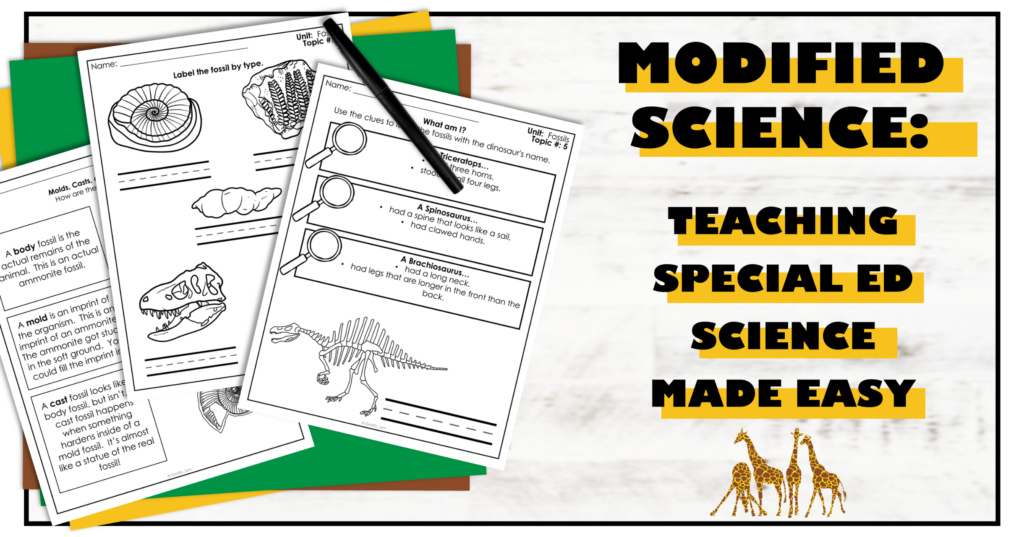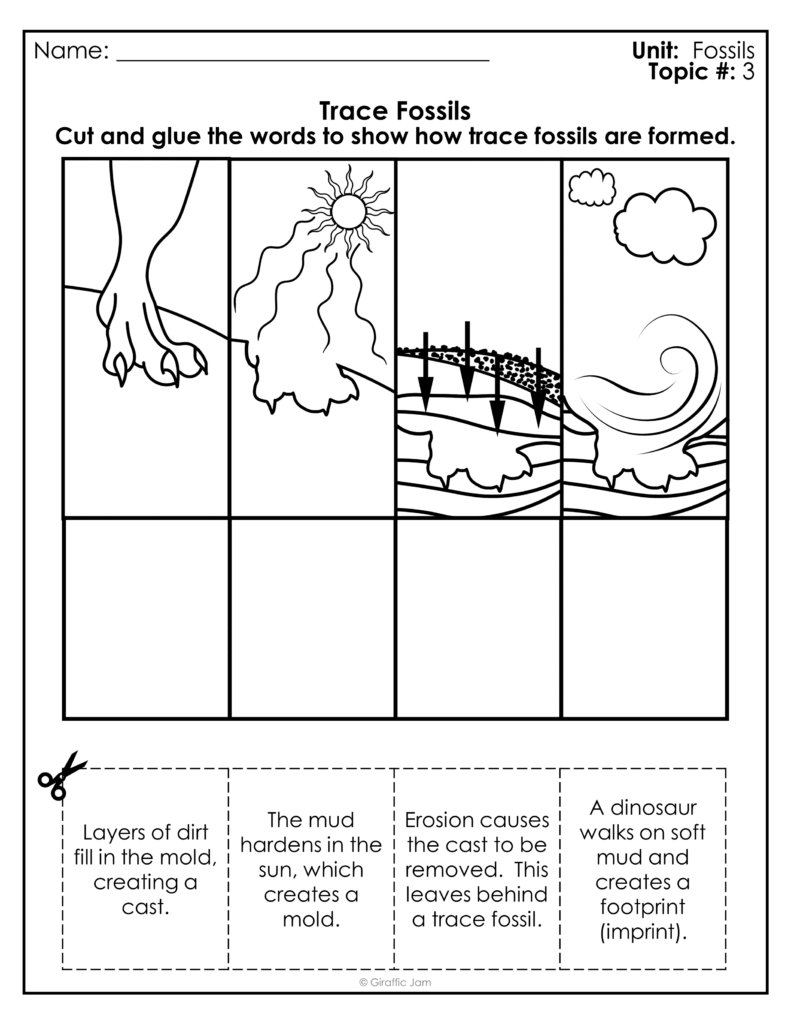
Modified science is a great way to meet the needs of all of your learners. But, it can be hard to find materials that are appropriate and teachers just don’t have time to create their own. Allow me to help you simplify your life (and improve your students’ understanding) with these ideas and resources.
Teaching science to students with special needs can seem daunting at first, but understanding their unique learning profiles makes a world of difference. By focusing on what these students can do and providing appropriate supports, you can create a more effective and inclusive science learning experience.
Visual aids are powerful tools in special education, especially in science where concepts can be abstract. Incorporating diagrams and charts can help clarify complex ideas and make them more accessible. Visual supports not only enhance understanding but also engage students who may struggle with text-based information, making science more interactive and enjoyable. But, here’s the catch. Modified science is not the same as “baby-fied science”. It’s important to me that I use materials that are appropriate for the age group I’m working with.

Worksheets are created with older students in mind. They have mature formatting, fonts, and graphics. Modified science is not the same thing as ‘baby science’.
Breaking down complex scientific concepts into smaller, more manageable pieces helps special education students grasp challenging material. Simplified explanations, along with hands-on activities, can convey essential science ideas without overwhelming students. This approach ensures that all learners, regardless of their abilities, can achieve a meaningful understanding of science topics.
Differentiated instruction is key to addressing the varied abilities of special education students. By offering multiple pathways to learning—such as visual aids, hands-on activities, and adaptive technologies—you can meet the diverse needs of your students. Differentiation ensures that all learners can access the curriculum and participate fully in science education. By providing modified science activities, students can work on the content at their level.
Teaching science to special education students may come with unique challenges, but it also offers rewards. By leveraging visual supports, simplifying complex concepts, and incorporating hands-on learning, you can transform science into an accessible and engaging subject for all students. Ultimately, with modified science units and a commitment to inclusive practices, you can foster a love of science in every learner, showing them that curiosity and discovery are for everyone.